August 12, 2025 by 100XBuilds Team
Business Model Innovation: Adapting for Market Changes
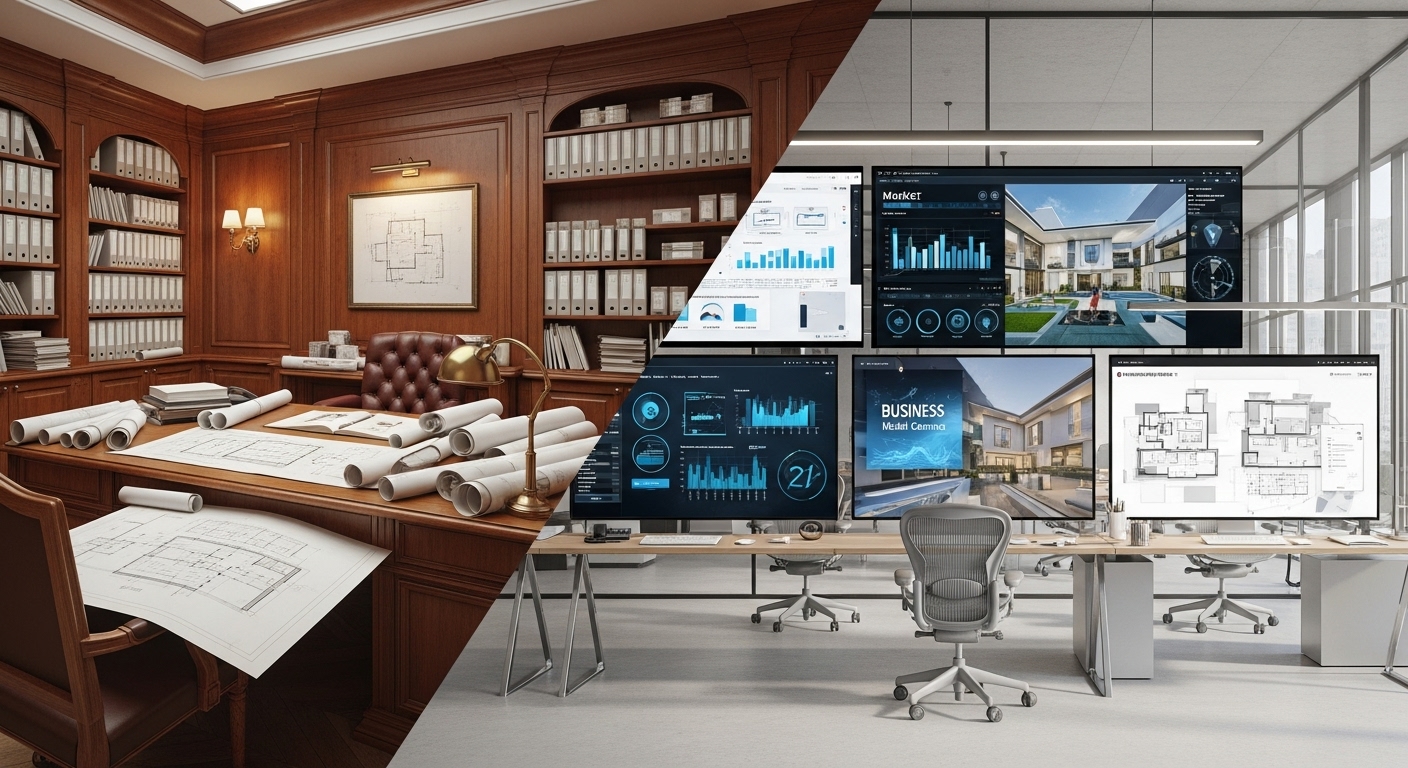
When Toll Brothers pivoted from traditional spec building to their "Design Studio" model in 2019, they increased their average sale price by 23% while reducing construction timelines by 15%. This wasn't luck—it was strategic business model innovation that recognized a fundamental shift in luxury homebuyer expectations.
The $127 billion custom home building industry is experiencing its most significant transformation in decades. Market volatility, changing buyer demographics, and technological disruption are forcing even the most established builders to question everything they thought they knew about their business models.
The Imperative for Business Model Evolution
Traditional luxury builders who cling to outdated models are hemorrhaging market share to innovative competitors. Recent industry data reveals that builders who have adapted their core business models have outperformed traditional competitors by an average of 34% in revenue growth over the past three years.
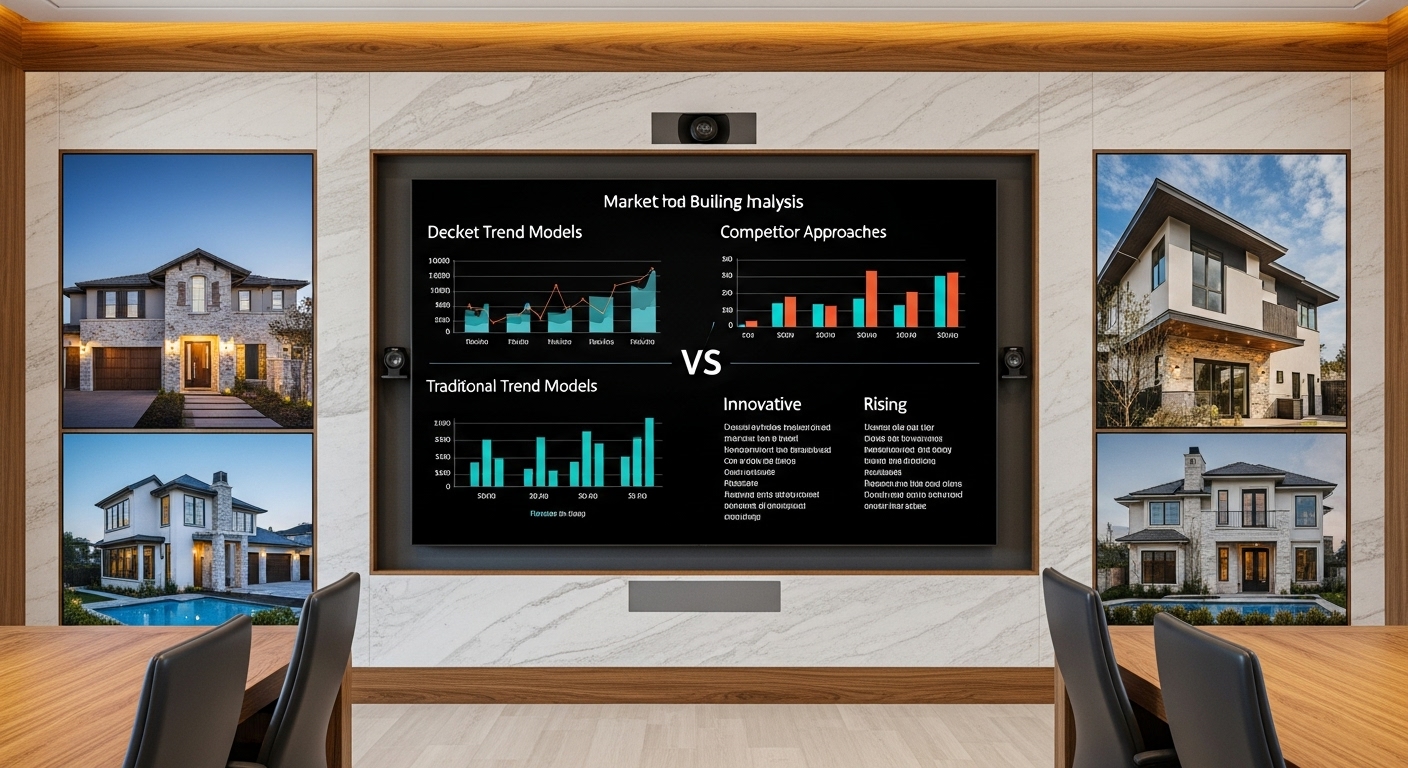
The warning signs are everywhere:
Margin compression: Traditional cost-plus models are yielding 12-18% gross margins compared to 25-35% for innovative builders
Extended sales cycles: Conventional sales processes now average 8-12 months versus 4-6 months for digitally-enhanced models
Customer acquisition costs: Traditional marketing approaches cost 3x more per qualified lead than integrated digital strategies
Talent retention challenges: Top performers are leaving traditional firms for companies offering modern, technology-enabled work environments
The builders thriving in this environment aren't just tweaking their operations—they're fundamentally reimagining how they create, deliver, and capture value.
Identifying Market Disruption Signals
Successful business model innovation starts with recognizing disruption before it becomes obvious to everyone else. The luxury building market is sending clear signals that demand immediate attention.
Demographic Shifts Reshaping Demand
Millennials now represent 43% of luxury home buyers, bringing radically different expectations than previous generations. They demand:
Transparency in pricing and processes: 78% expect real-time project updates and cost visibility
Customization without complexity: They want personalization but simplified decision-making processes
Sustainability integration: 67% consider environmental impact a primary purchase factor
Technology integration: Smart home features are now baseline expectations, not premium add-ons
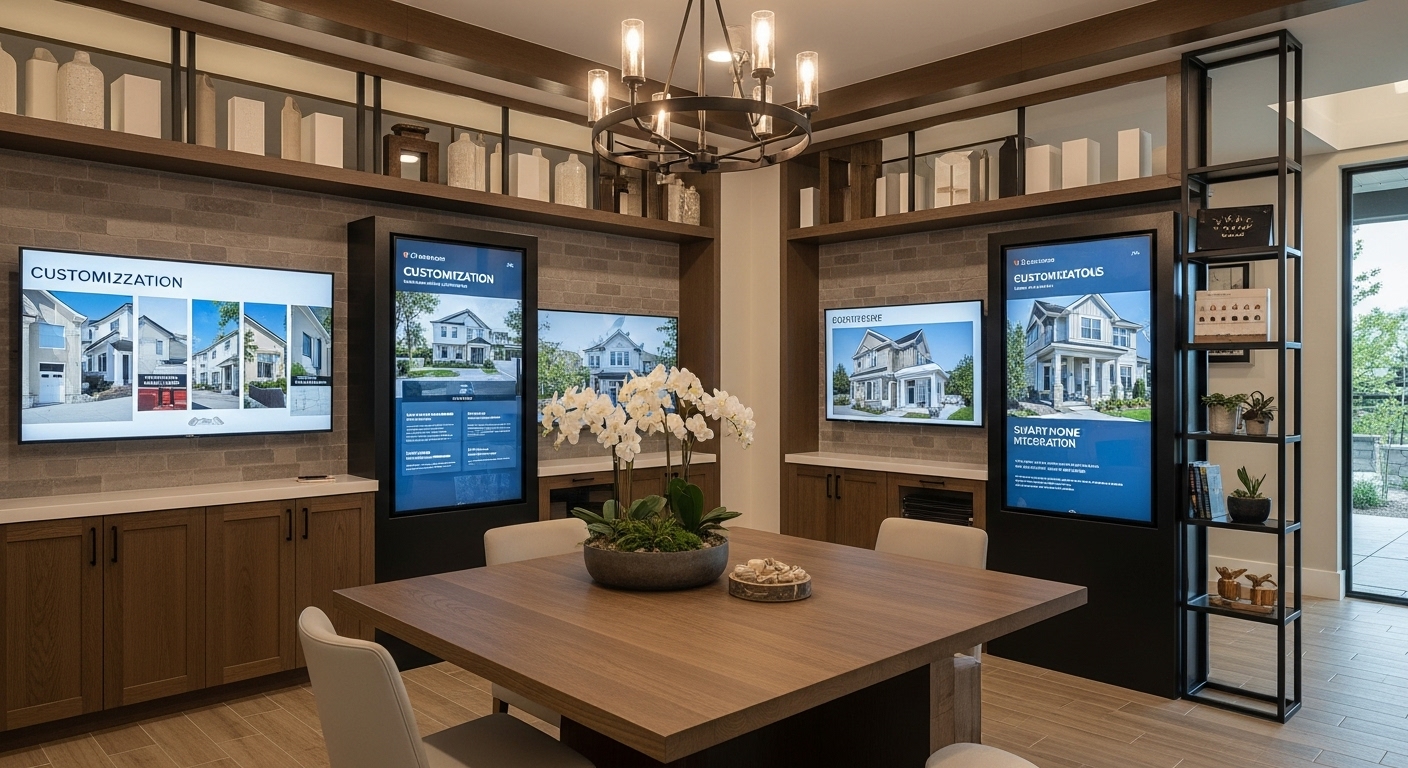
Economic Volatility Creating New Opportunities
Interest rate fluctuations and material cost volatility have created opportunities for builders who can adapt quickly:
Fixed-price models with built-in flexibility: Builders offering price certainty with scope adjustment mechanisms are capturing premium positioning
Alternative financing partnerships: Direct lending relationships and rent-to-own models are opening new market segments
Modular and prefab integration: High-end modular components are reducing costs while maintaining luxury positioning
Technology Disruption Accelerating
The convergence of construction technology, design software, and customer experience platforms is creating entirely new business model possibilities:
Virtual design and sales processes: Reducing physical showroom dependency while expanding geographic reach
AI-powered project management: Predictive scheduling and resource optimization improving margins by 15-20%
Blockchain-enabled transparency: Smart contracts and immutable project records building unprecedented customer trust
Strategic Business Model Frameworks
The most successful luxury builders are adopting systematic approaches to business model innovation, using proven frameworks to guide their transformation.
The Value Network Reconfiguration Model
This approach focuses on reimagining how value flows between all stakeholders in the building process.
Traditional Model: Builder → Subcontractors → Customer
Innovative Model: Integrated ecosystem where customers, builders, suppliers, and technology partners collaborate throughout the entire process
Meridian Homes implemented this approach and achieved:
-
28% reduction in change orders through early customer involvement
-
22% improvement in on-time delivery through supplier integration
-
31% increase in customer satisfaction scores

The Platform Business Model
Rather than just building homes, forward-thinking builders are creating platforms that connect multiple value streams:
Core building services: Traditional custom home construction
Design marketplace: Connecting customers with vetted architects and designers
Technology integration: Smart home setup and ongoing support services
Lifestyle services: Concierge services, maintenance programs, and community building
Financial services: Construction lending, insurance, and investment advisory
This model creates multiple revenue streams while increasing customer lifetime value by an average of 180%.
The Subscription-Enhanced Model
Luxury builders are discovering that the relationship doesn't end at closing. Subscription models create ongoing revenue while deepening customer relationships:
Maintenance and warranty programs: Predictable revenue streams with 40-60% gross margins
Home technology updates: Annual smart home upgrades and security monitoring
Lifestyle concierge services: Property management, seasonal services, and exclusive access programs
Investment advisory: Helping clients optimize their real estate portfolios
Implementation Strategies for Model Innovation
Successful business model transformation requires systematic execution across multiple dimensions simultaneously.
Phase 1: Foundation Building (Months 1-6)
Technology infrastructure development: Implementing integrated CRM, project management, and customer portal systems
Team capability building: Training existing staff while recruiting digital-native talent
Process documentation and optimization: Mapping current workflows and identifying automation opportunities
Pilot program design: Selecting 2-3 projects to test new model components
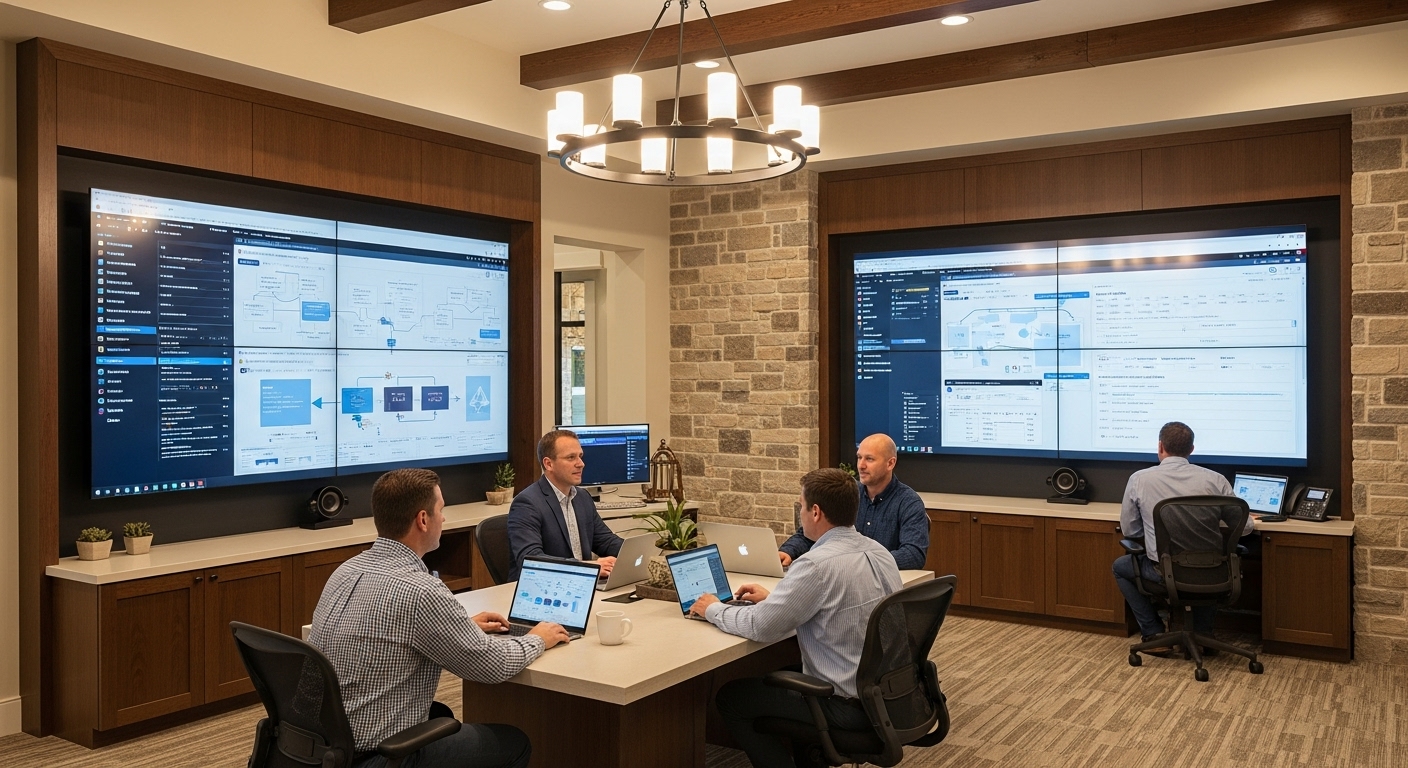
Phase 2: Market Testing (Months 7-12)
Customer feedback integration: Systematic collection and analysis of pilot project insights
Financial model validation: Confirming improved margins and cash flow patterns
Operational refinement: Adjusting processes based on real-world performance data
Competitive positioning: Developing messaging that communicates new value propositions
Phase 3: Scale and Optimize (Months 13-24)
Full model deployment: Rolling out proven innovations across all projects
Partnership ecosystem expansion: Adding strategic technology and service partners
Geographic expansion: Leveraging scalable model components for market growth
Continuous innovation: Establishing ongoing R&D processes for model evolution
Technology Integration as a Business Model Enabler
Technology isn't just supporting business model innovation—it's enabling entirely new models that weren't previously possible.
Virtual-First Customer Experience
Builders implementing comprehensive virtual experiences are capturing customers from broader geographic areas while reducing sales costs:
Virtual reality design sessions: Allowing customers to experience spaces before construction begins
Augmented reality site visits: Enabling remote project monitoring and decision-making
AI-powered design optimization: Automatically generating options based on customer preferences and budget constraints
Digital twin technology: Creating virtual replicas for ongoing maintenance and optimization
Predictive Analytics for Risk Management
Advanced analytics are transforming how builders manage project risk and resource allocation:
Weather impact modeling: Adjusting schedules and resource allocation based on predictive weather data
Supply chain optimization: Anticipating material shortages and price fluctuations
Labor demand forecasting: Optimizing subcontractor scheduling across multiple projects
Quality prediction models: Identifying potential issues before they impact timelines or budgets
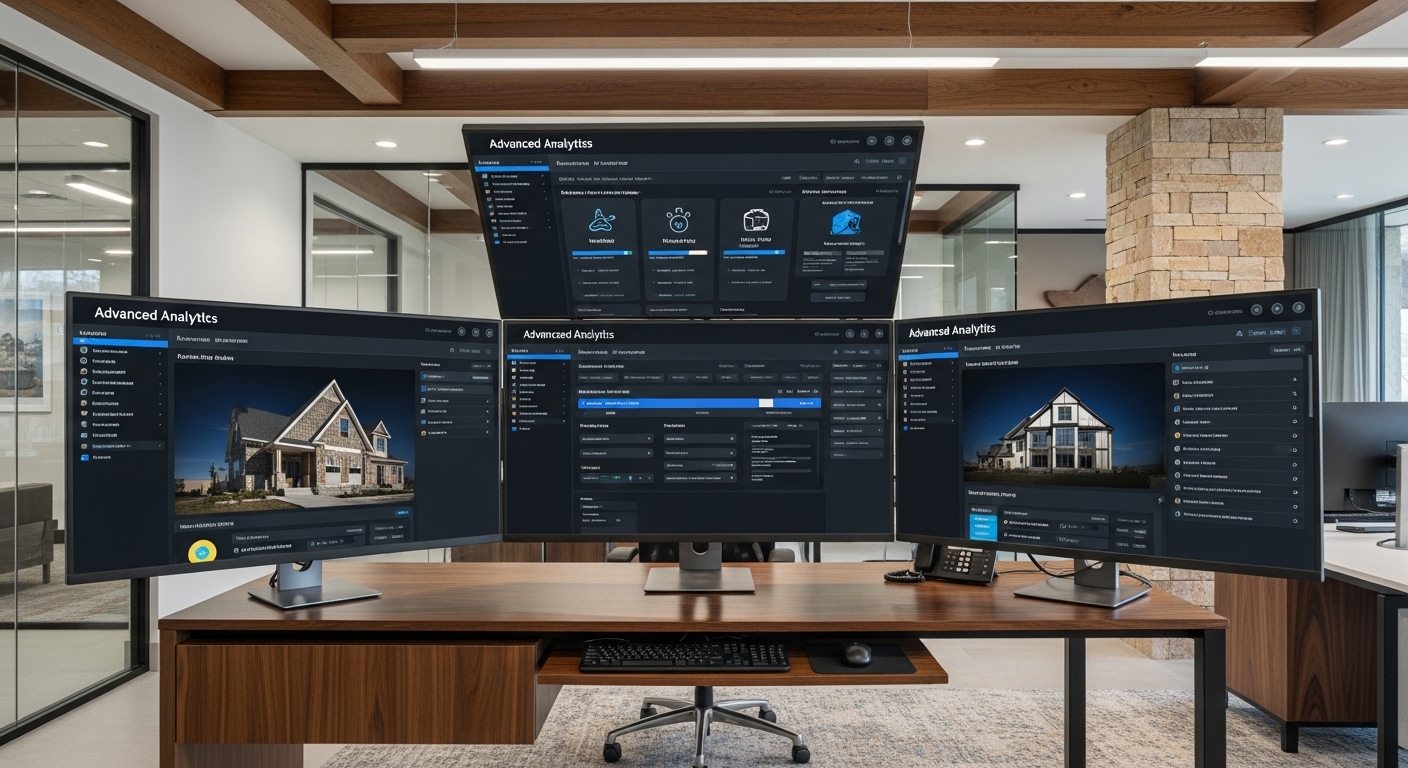
Blockchain-Enabled Transparency
Smart contracts and blockchain technology are creating new possibilities for customer trust and operational efficiency:
Automated milestone payments: Reducing administrative overhead while ensuring payment security
Immutable project records: Creating permanent documentation for warranty and maintenance purposes
Supply chain verification: Ensuring material authenticity and sustainability claims
Regulatory compliance automation: Streamlining permit and inspection processes
Financial Model Transformation
Business model innovation requires corresponding changes to financial structures and metrics.
Revenue Stream Diversification
Successful builders are moving beyond single-transaction models to create multiple, recurring revenue streams:
Design and consulting services: 15-25% gross margins on pre-construction services
Technology integration services: 30-40% margins on smart home installations
Ongoing maintenance contracts: 50-60% margins on subscription services
Real estate investment partnerships: Equity participation in appreciation
New Financial Metrics
Traditional metrics like gross margin per project are insufficient for evaluating innovative business models:
Customer lifetime value (CLV): Measuring total relationship value over 10+ years
Monthly recurring revenue (MRR): Tracking subscription-based income streams
Net promoter score (NPS): Quantifying referral generation potential
Technology ROI: Measuring efficiency gains from digital investments
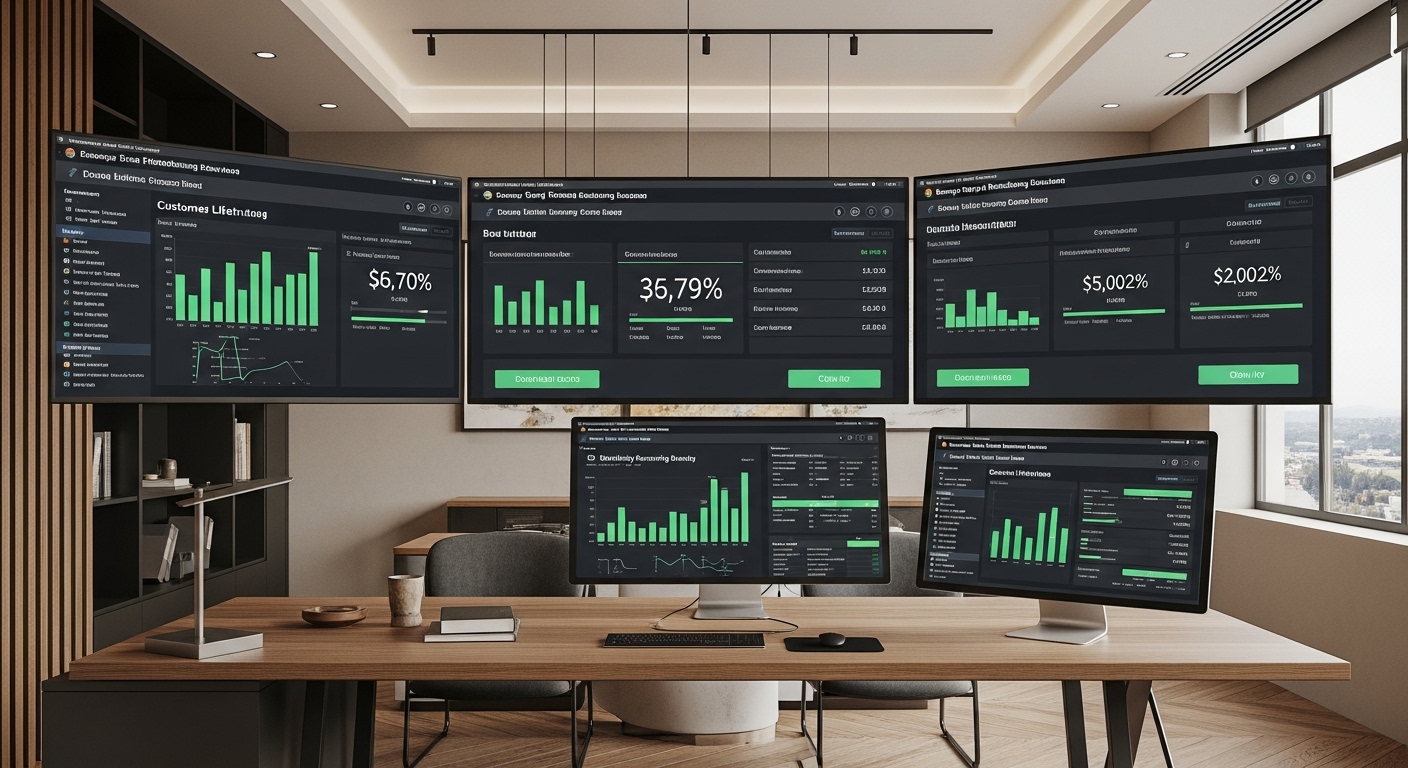
Capital Allocation Strategies
Innovative business models require different approaches to capital deployment:
Technology investments: Allocating 8-12% of revenue to digital infrastructure and tools
Partnership development: Investing in strategic relationships rather than internal capabilities
Market expansion: Using scalable model components to enter new geographic markets
Talent acquisition: Premium compensation for digital and innovation expertise
Risk Management in Model Innovation
Business model innovation inherently involves risk, but systematic approaches can minimize downside while maximizing upside potential.
Staged Implementation Approach
Rather than wholesale model changes, successful builders implement innovations incrementally:
Pilot projects: Testing new approaches with select customers and limited scope
Parallel operations: Running traditional and innovative models simultaneously during transition
Gradual expansion: Scaling successful innovations while maintaining proven revenue streams
Continuous monitoring: Real-time tracking of key performance indicators across all model variations
Customer Transition Management
Maintaining existing customer relationships while implementing new models requires careful communication:
Transparent communication: Explaining changes and benefits to existing customers
Grandfathering policies: Honoring existing commitments while introducing new options
Upgrade pathways: Offering existing customers access to new services and capabilities
Feedback integration: Using customer input to refine new model components
Competitive Positioning Through Innovation
Business model innovation creates sustainable competitive advantages that are difficult for competitors to replicate quickly.
First-Mover Advantages
Builders who successfully implement innovative models first in their markets typically achieve:
Premium pricing power: 15-25% higher average selling prices compared to traditional competitors
Market share expansion: Capturing customers from slower-adapting competitors
Talent attraction: Recruiting top performers seeking innovative work environments
Partnership priority: Preferred status with technology and service providers
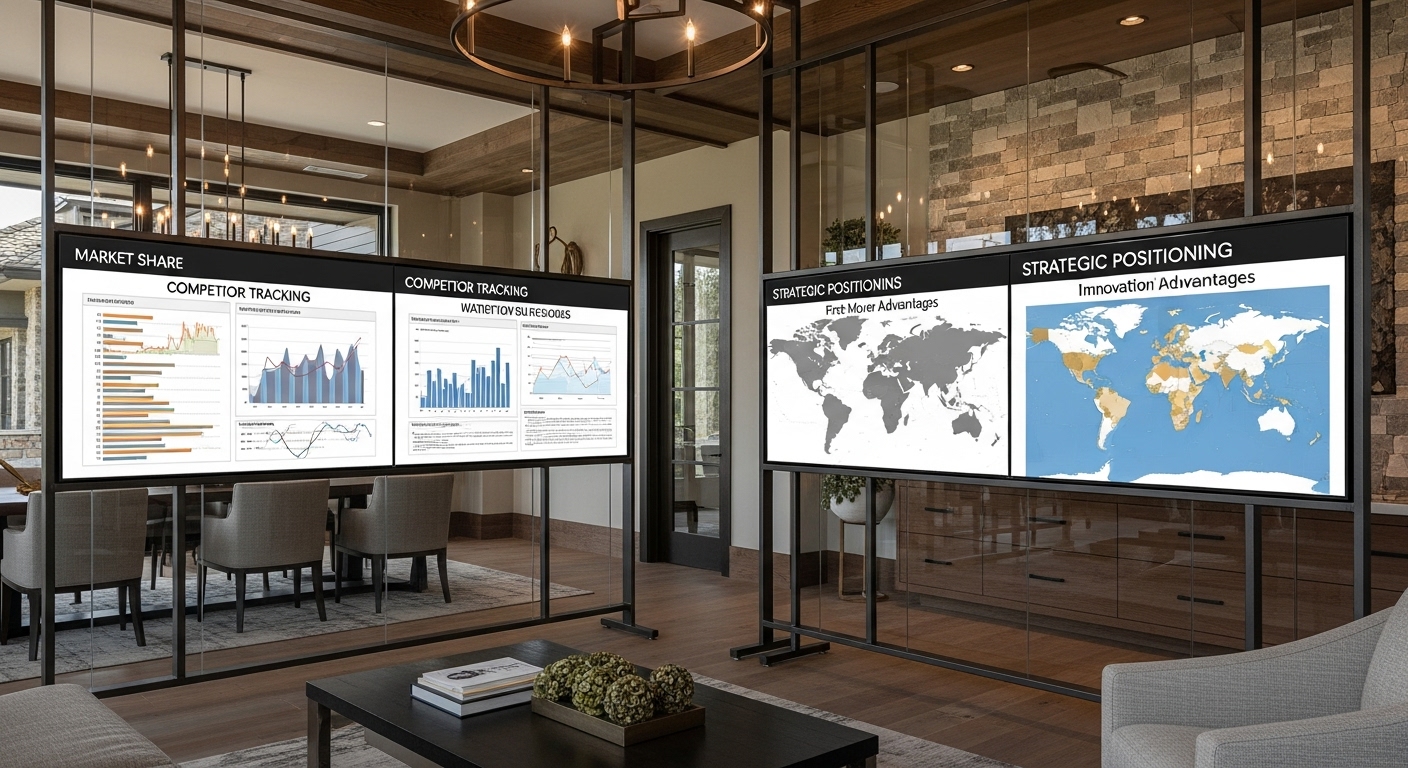
Sustainable Differentiation
The most effective business model innovations create multiple layers of competitive protection:
Network effects: Value increases as more customers and partners join the ecosystem
Data advantages: Proprietary insights from integrated customer and project data
Switching costs: Customers become invested in the builder's technology and service ecosystem
Continuous innovation: Established R&D processes that maintain competitive gaps
Measuring Innovation Success
Successful business model innovation requires comprehensive measurement frameworks that go beyond traditional construction metrics.
Leading Indicators
Customer engagement metrics: Time spent in virtual design sessions, portal usage rates, and feedback quality
Operational efficiency gains: Reduction in change orders, improved schedule adherence, and resource utilization
Technology adoption rates: Staff and customer utilization of new digital tools and processes
Partnership performance: Revenue and efficiency gains from strategic relationships
Lagging Indicators
Financial performance: Revenue growth, margin improvement, and cash flow enhancement
Market position: Market share gains, competitive win rates, and pricing power
Customer satisfaction: NPS scores, referral rates, and repeat business
Talent metrics: Employee retention, recruitment success, and productivity measures
Future-Proofing Your Business Model
The pace of change in the luxury building industry is accelerating, making continuous model evolution essential for long-term success.
Emerging Trends to Monitor
Artificial intelligence integration: AI-powered design, scheduling, and customer service capabilities
Sustainability requirements: Increasing regulatory and customer demands for environmental performance
Remote work impact: Changing home design requirements and geographic preferences
Economic uncertainty: Need for flexible, resilient business models that can adapt to various scenarios
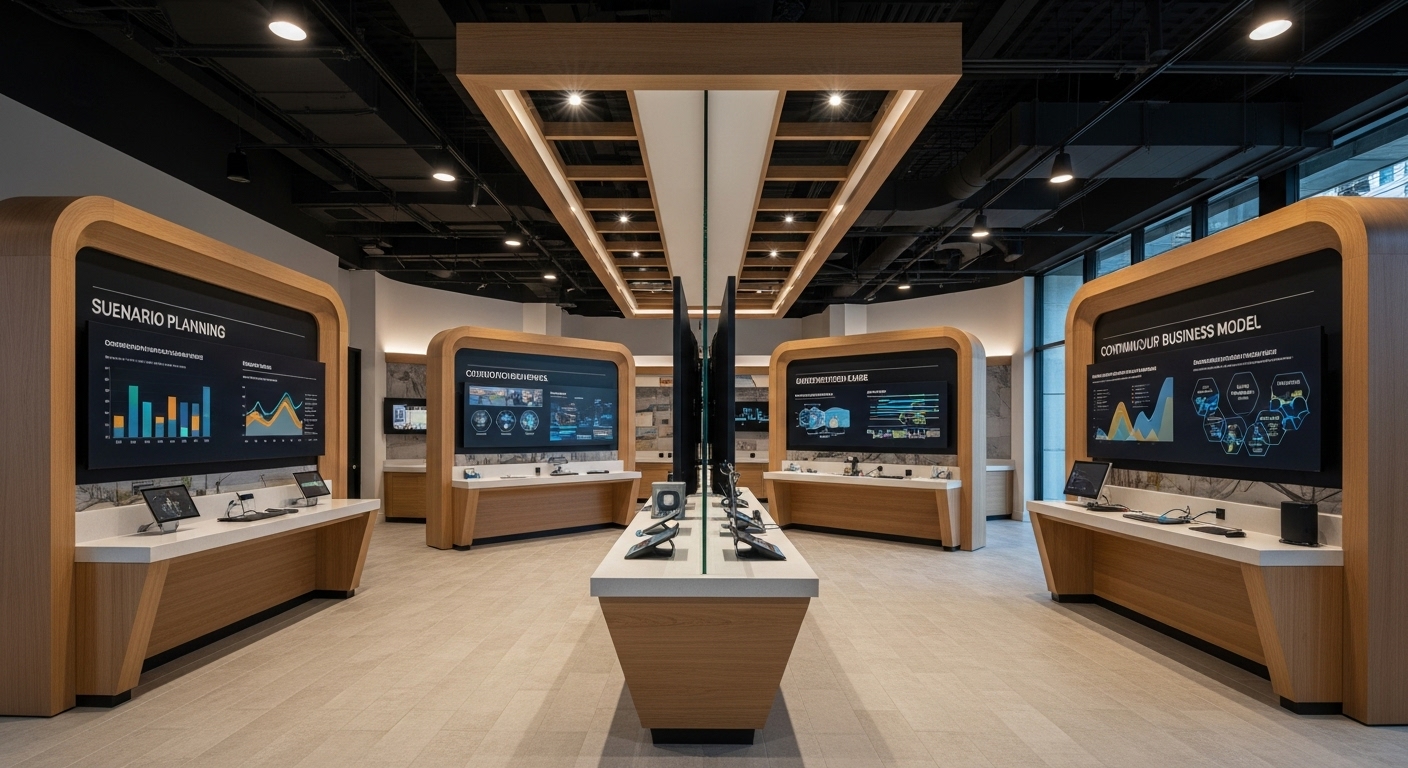
Building Adaptive Capabilities
Scenario planning processes: Regular evaluation of potential market changes and response strategies
Innovation partnerships: Relationships with technology companies, research institutions, and industry disruptors
Continuous learning culture: Ongoing education and experimentation mindset throughout the organization
Flexible infrastructure: Technology and operational systems that can adapt to changing requirements
The luxury home building industry is at an inflection point. Builders who embrace business model innovation now will dominate the next decade, while those who cling to traditional approaches will find themselves increasingly marginalized.
The evidence is clear: innovative business models aren't just performing better—they're creating entirely new categories of value that traditional competitors can't match. The question isn't whether to innovate your business model, but how quickly you can implement changes that will secure your competitive future.
Ready to transform your business model for sustained competitive advantage? Contact 100XBuilds today to develop a customized innovation strategy that positions your luxury building company for long-term market leadership. Our proven frameworks have helped builders achieve 25-40% revenue growth through strategic model transformation.
